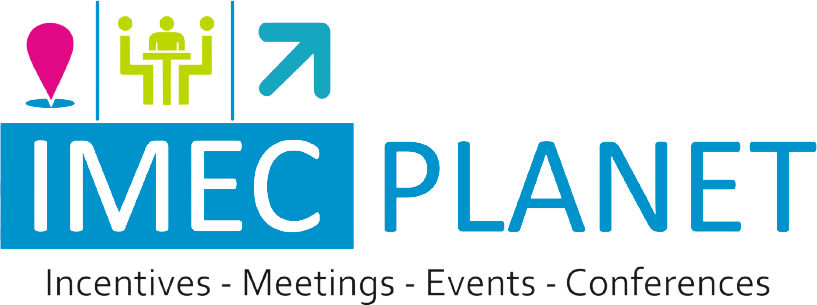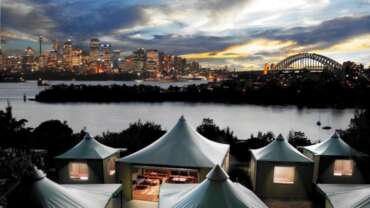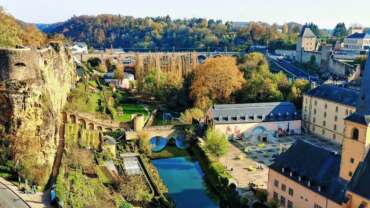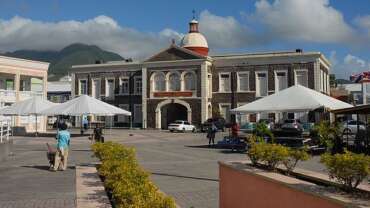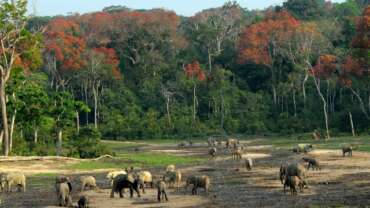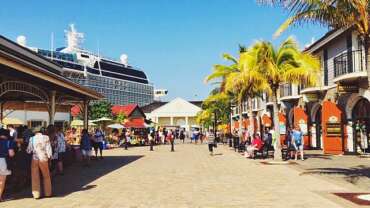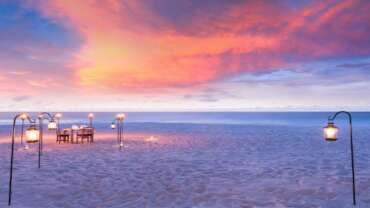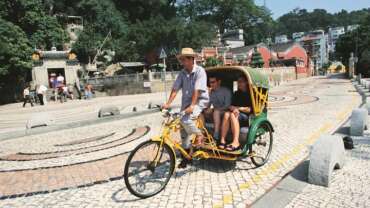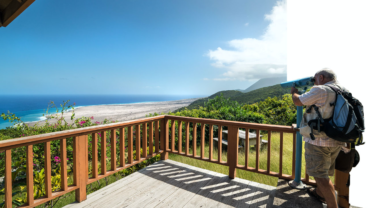Reunion Island - The Ultimate Island
Reunion Island is unique in the world: you can choose to spend your days stretching out under the sun’s gentle caress, facing its mountains like a seasoned trekker, letting yourself be hypnotised by its seabed or discovering the subtleties of the Creole language in the company of its friendly inhabitants. You can do all that, and more!
With its volcanic peaks, cirques and ramparts, listed as World Heritage Sites by UNESCO, and its more than 200 microclimates, Reunion is a tropical island that defies the stereotypes. Postcard-perfect scenery, yes, but, above all, a combination of landscapes that can’t be found anywhere else! In just a few hours, you can go from the crystal-clear blue of the lagoon to the dazzling green of the breathtaking cirques. A real and imaginary world tour that you can take in just a few days is at your feet! Take advantage of this trip to quench your thirst for discovery and let yourself be carried away by new sensations: the feeling of walking on the Moon at La Plaine des Sables, entering the lush kingdom of Mafate and diving into The World of Nemo at the Hermitage.
Reunion Island is 2,500 km2 of magnificent landscapes and just as many adventures to experience. It is also an incredible mosaic of cultures living in perfect harmony. After having discovered this little gem in the middle of the Indian Ocean, you will return home with a “sourir en trans papay*” and the desire to return as soon as possible!
Do you want to have a close look at a volcano that won’t bite? Do you dream of enjoying a party with a myriad of colourful fish? Do you want to awaken your taste buds? Are you burning to meditate far from the pressures of everyday life in the shelter of a magical cirque? Do you want a thrill? Then Reunion is for you!
History of Reunion Island
Uninhabited when first visited by Portuguese navigators in the early 1500s, Réunion was settled in the mid-1600s, when the French East India Company established a layover station for ships rounding the Cape of Good Hope en route to India. African slaves were imported to work in first coffee and then sugar plantations; with the abolition of slavery in 1848, indentured labourers from mainland Southeast Asia, India, and Eastern Africa were brought in. Réunion was ruled by France as a colony until 1946, when it became an overseas département of France; in 1974 it gained the status of région as well. The headquarters of the French military forces in the Indian Ocean were established on Réunion in 1973, with the arrival of personnel withdrawn from Madagascar. In the late 1970s the Organization of African Unity (now the African Union) urged that Réunion be granted full independence, but that proposition was not embraced by the majority of Réunion’s inhabitants and thus was not pursued with any zeal.
Persistent social and economic unrest, fueled by the widening gap between the rich and the poor and by high rates of unemployment, periodically erupted into demonstrations and violence during the 1990s and 2000s. Rioting in February 1991 left 11 people dead, and in 1997 demonstrations were held against proposed civil service reforms. In 2000 a proposal made by the French government to split the island into two departements spawned demonstrations both for and against the division; the proposal was later rejected by the French Senate.
People of Reunion Island
Réunion was first settled in the 17th century by colonists from France. Slave labourers were brought in from East Africa to work on plantations, and later Malays, Annamites, Chinese, and Malabar Indians were imported as indentured labourers. Today the greatest proportion of the population is of mixed descent (African, European, and South Asian). The limited amount of land has induced substantial emigration, largely to France but also to Madagascar.
The island’s population density is high, even in areas that typically would be considered too mountainous to support a dense population. Saint-Denis, the capital and largest urban area on the island, contains about one-fifth of the total population. The language in common use on the island is Réunion French Creole, and Tamil is also spoken by some people; French, however, is the official language. About four-fifths of the population is Roman Catholic.
Religion
Religious Beliefs. The dominant religion is Roman Catholicism, totaling eighty-six percent of the population. Christianity was established by the first settlers. Although indentured contracts specified that a laborer’s religion be respected, the Catholic Church and the authoritarian administration attempted to convert newcomers. Tamils were obliged to go to church, wear French clothes, and give Christian names to their children. Contract workers had to express Christian attitudes and practice Christian rites to be accepted by their employers and the larger society. In the eighteenth century, Catholic priests attempted to prevent the construction of Hindu temples and the public practice of Hinduism. When it was finally authorized, the priests continued to spread a negative perception of the Hindu religion as “pagan.”
Religious Practitioners. Although they have been largely christianized, people of Indian origin refer to Hindu Gods in important matters. While it has been adapted to a new social context, folk Hinduism has been maintained almost as it was in India at the time of emigration more than one century ago. Among the expressions of this religion are fire walking, animal sacrifices, and rituals of possession by a deity or ancestor. This Hinduism is strongly connected with the idea of protection against bad luck, the evil eye, and the negative forces of the visible and invisible world.
Orientation of Reunion Island
Identification: Reunion Island (in French, La Reunion ) is a multicultural society composed of people originally from France, Mozambique, India, China, Madagascar, and the Comores. Islanders use their ethnic origins to define themselves as Cafres (African ancestry) Z’oreilles (born in mainland France), malabars or Tamouls (from Tamil Nadu southern India), Z’arabes (from Gujarat in northern India), Chinois (from China), Malgaches (from Madagascar), Comores (from Comores), Petits blancs (poor rural whites living in the highlands), or Creoles blancs (white landowners). The term Creole today also applies to people with a mixed ethnic background. All the residents of the island are administratively French citizens.
Location and Geography: Reunion Island lies in the Indian Ocean, off the eastern coast of Madagascar. At 970 square miles, (2,512 square kilometers), it is the largest of the Mascarene islands. High plains separate two volcanic systems. Climatic variations range from humid to dry tropical to Mediterranean. More than half the land is not suitable for cultivation. Periodic cyclones can be devastating. The capital is Saint Denis.
Demography: In 1999, the population was over 717,000. It is difficult to categorize the population by ethnic background, but estimates indicate that approximately twenty percent of the population is of Indian ancestry, and around five percent is born in mainland France.
Linguistic Affiliation: Although French is the official language, Creole is the language of everyday life. Based on French, with a mixture of Malagasy and Tamil words, it is used with relatives and for informal interactions. French is generally used in formal situations. Although everybody understands it, many people cannot speak it; therefore, its use is a marker of educational achievement and social status.
Symbolism: Economic and cultural ties are almost exclusively with mainland France; Reunion is officially called “the France of the Indian Ocean.” Since the development of tourism in the 1970s, the image the island tries to project to the outside world is that of a multicolored society where people with different ethnic backgrounds live together peacefully.
THE ISLAND THAT’S 100% NATURE
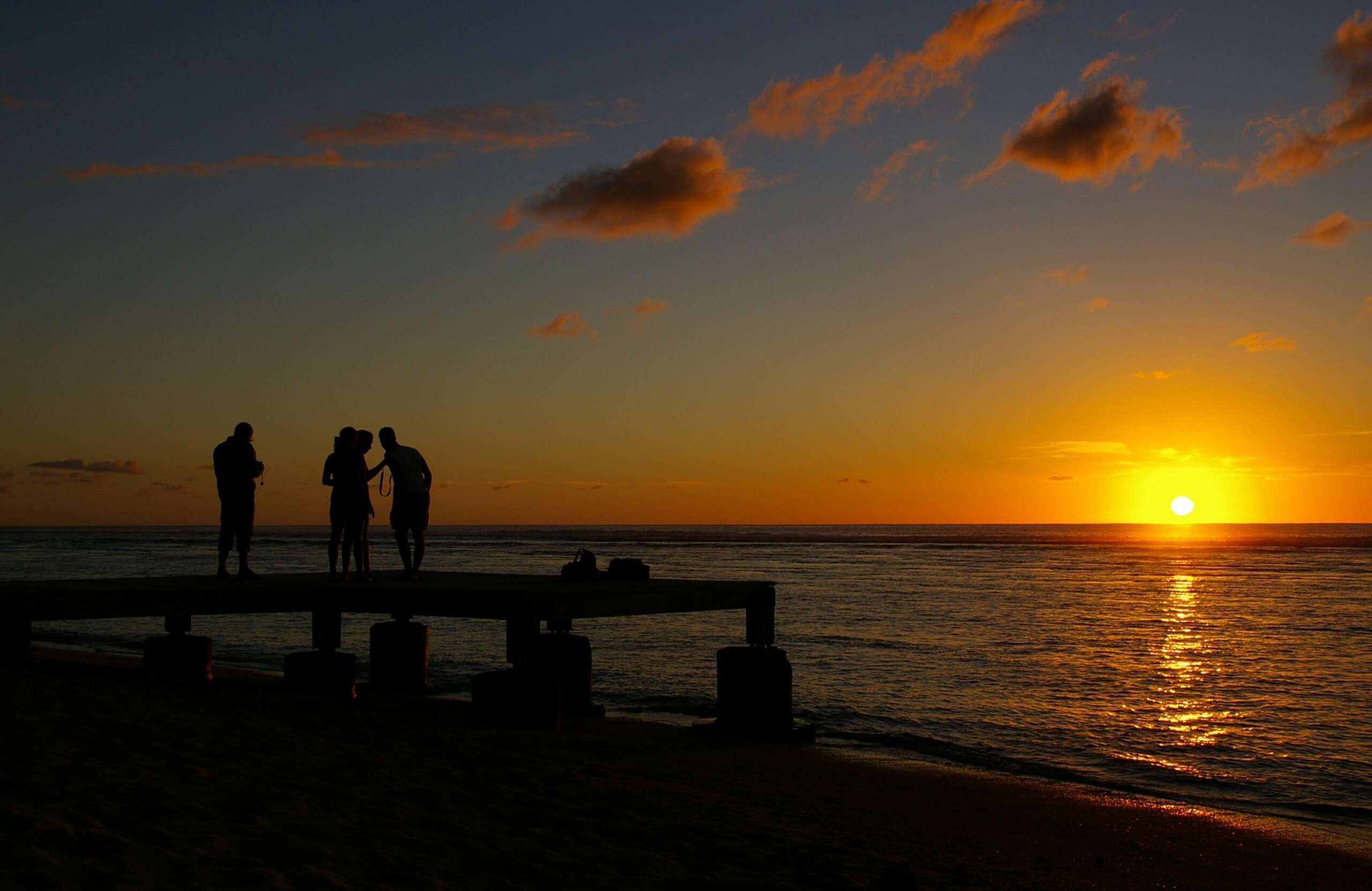
The figures are dizzying: nearly 2,000 species of plants, including 848 native species, diverse and carnivalesque fauna, 3,500 aquatic species, 2,512 km2 of spectacular panoramic views, 100,000 hectares of National Parks, two volcanoes, 900 kilometres of marked trails, three Great Hiking trails, three spectacular cirques, including one that’s only accessible on foot, one hyperactive volcano, numerous forests, more than 300 waterfalls including the three highest in France, about 20 climbing sites over a cumulative distance of more than 6,000 metres…
Reunion Island is undoubtedly a place of extraordinary natural beauty! In addition, this jewel of the Indian Ocean, with its rare and fragile biodiversity, offers a myriad of preserved natural splendours. So many enchanting sights that you will never get tired of. Because everything must be done to protect them, ecotourism lends itself wonderfully to Reunion Island’s biodiversity. And the icing on the potato cake: there are thousands of ways to enjoy this ultimate island’s charms!
Do you dream of spending your holidays in Reunion lounging on the warm sand, a good thriller in one hand and a glass of Ti Punch in the other? That’s possible, but you can also enjoy a whole host of activities, each more enjoyable than the last. On land, at sea, or in the air, a whirlwind of pleasures and distractions awaits you! There is everything you need to enjoy the island and admire it from every angle!
So, whether you are as nonchalant as a gecko or as energetic as a tuit-tuit, follow Buzz Lightyear’s lead and go to infinity and beyond!
